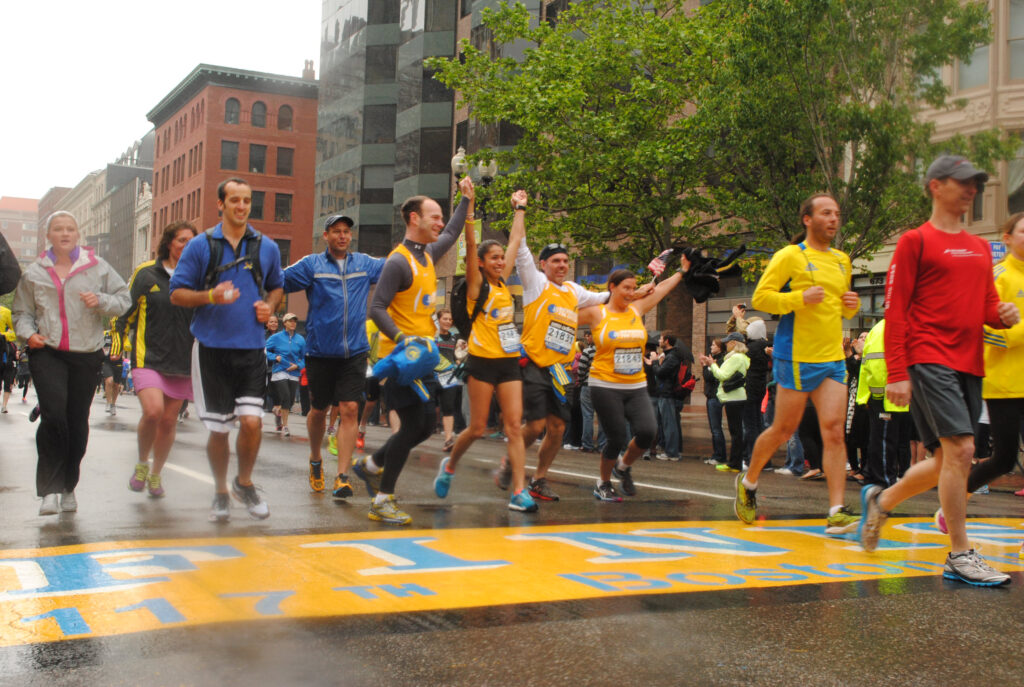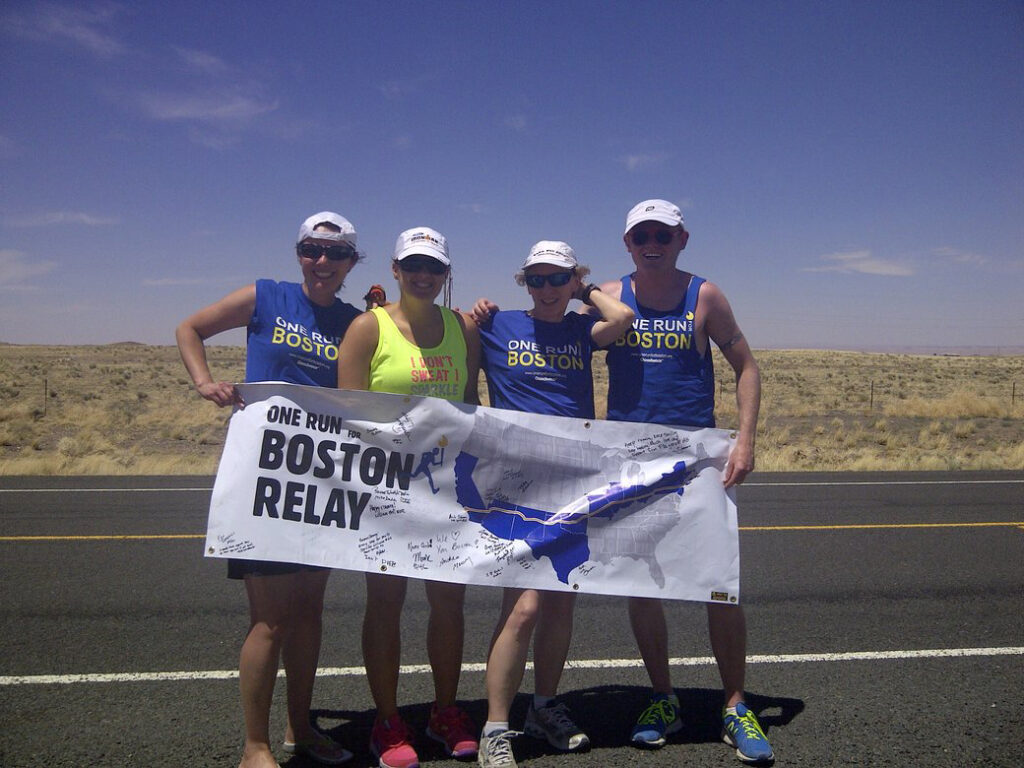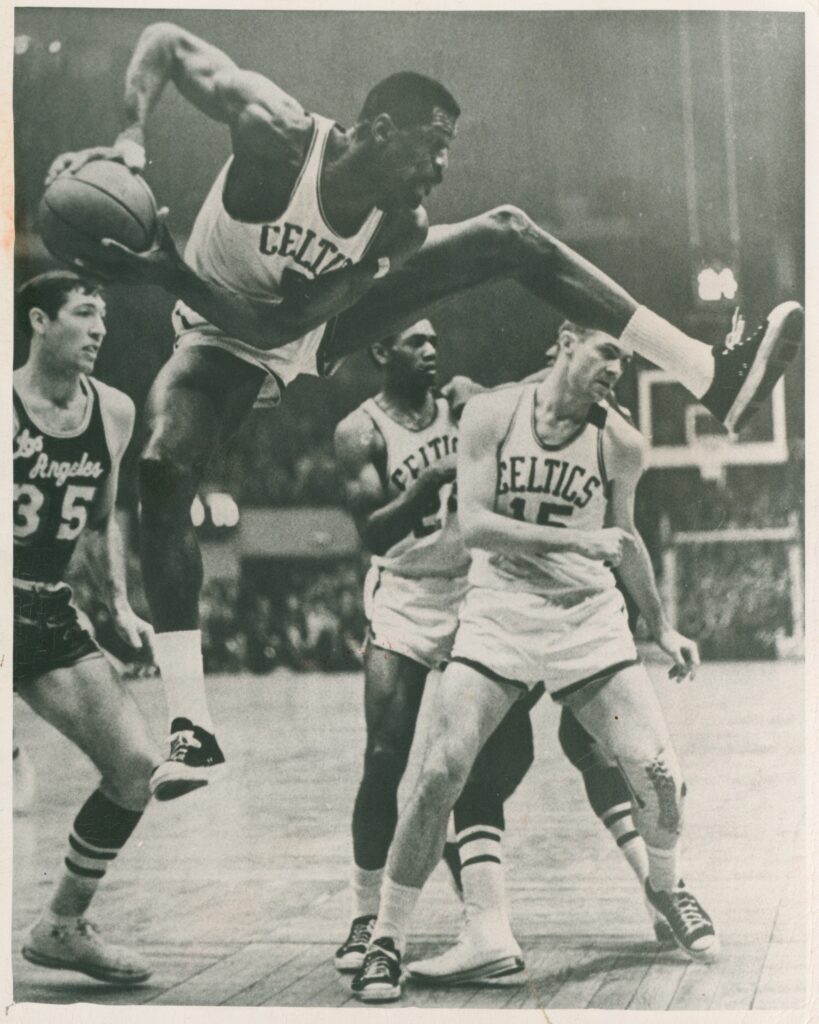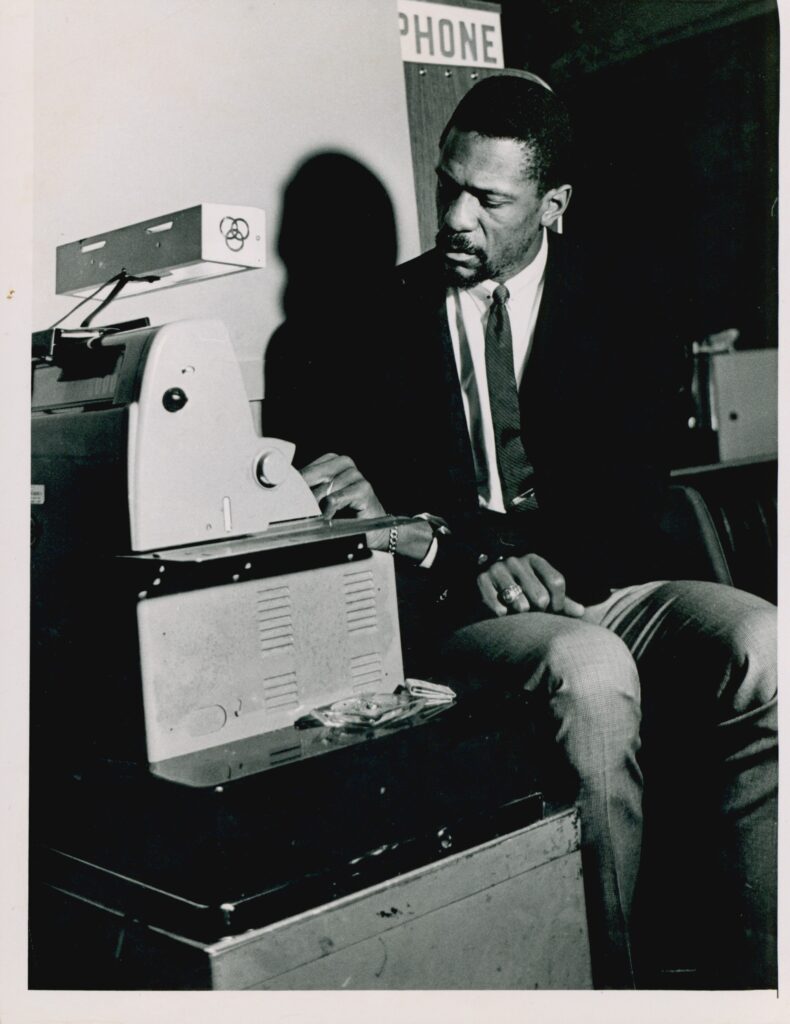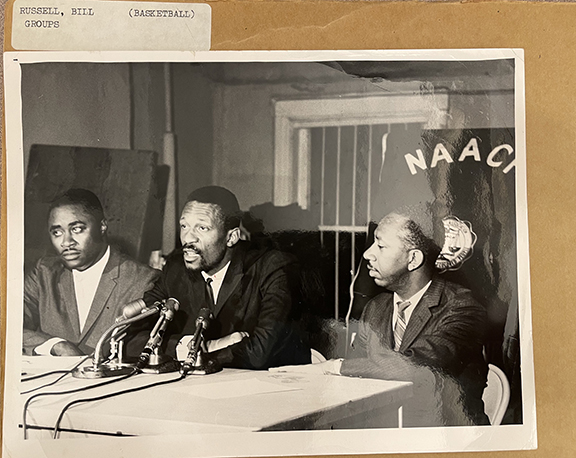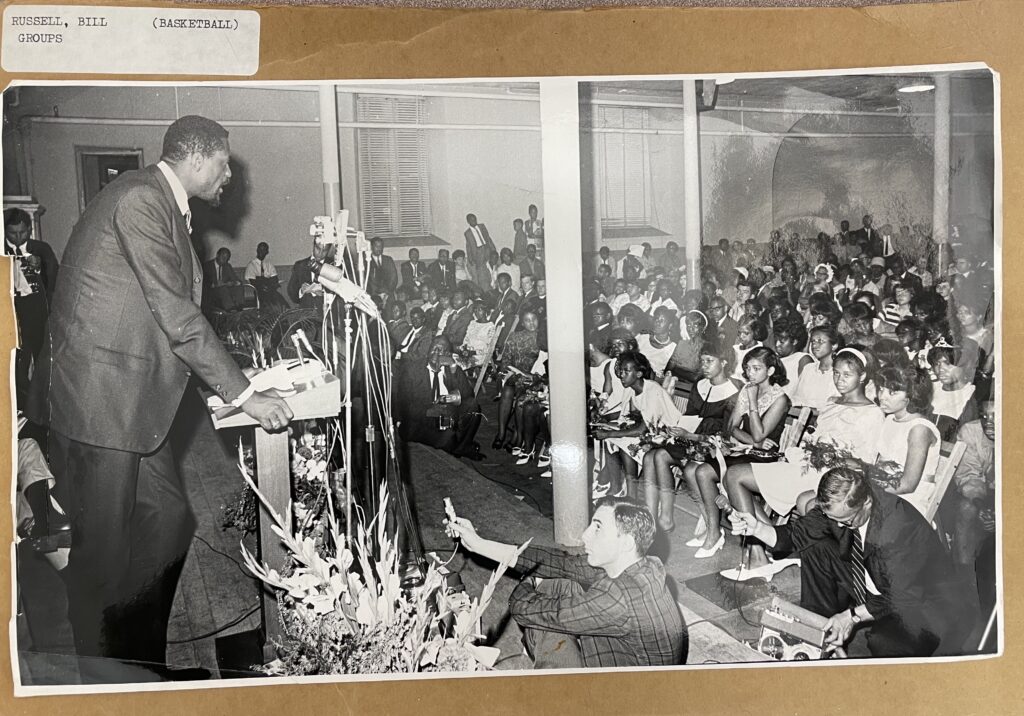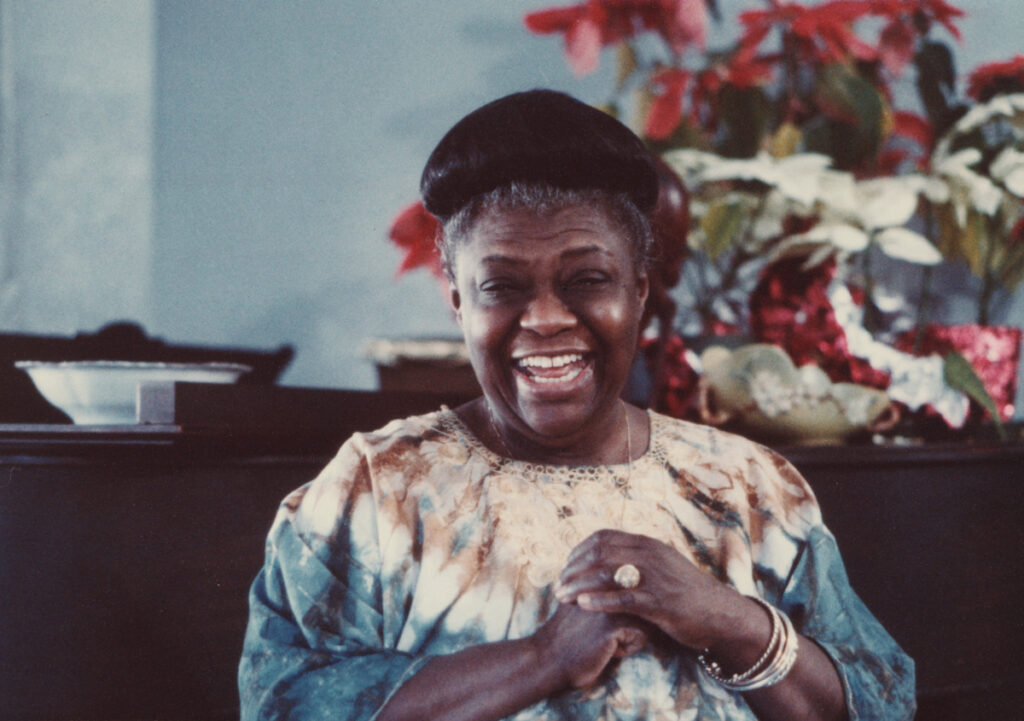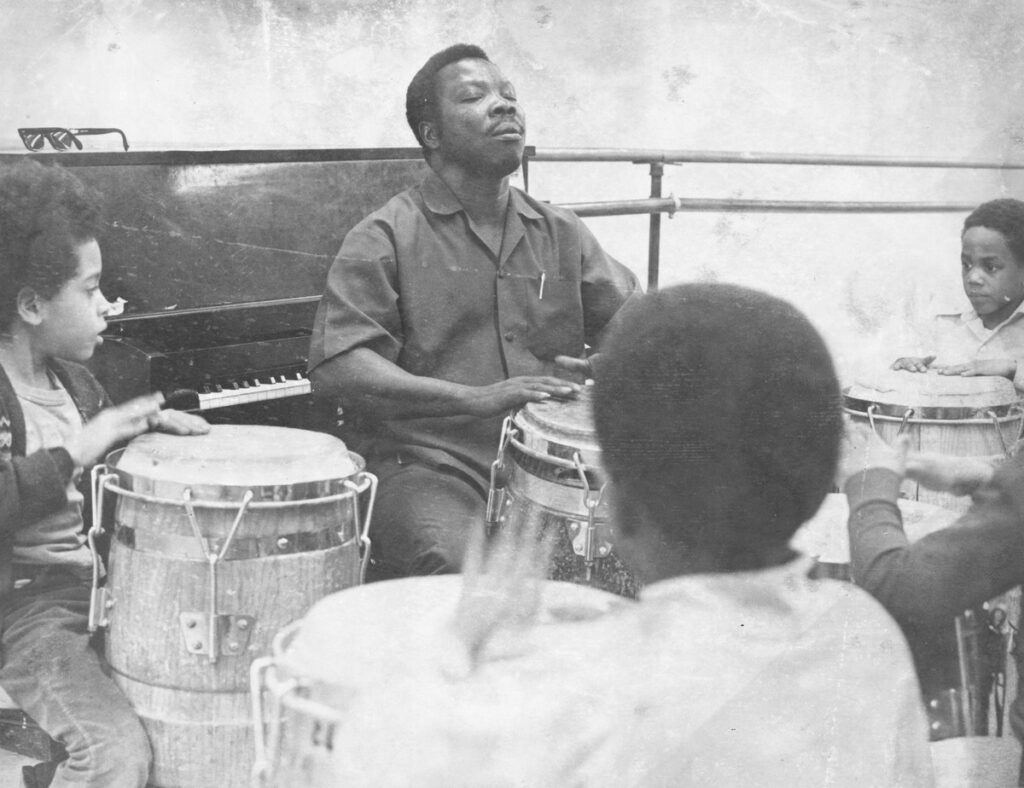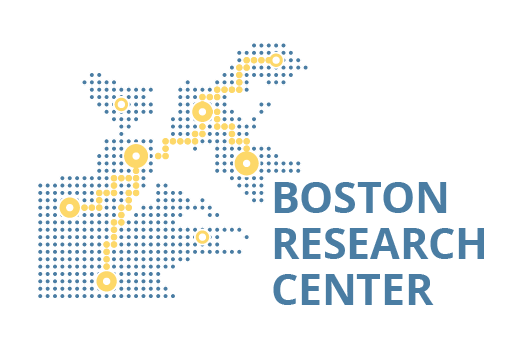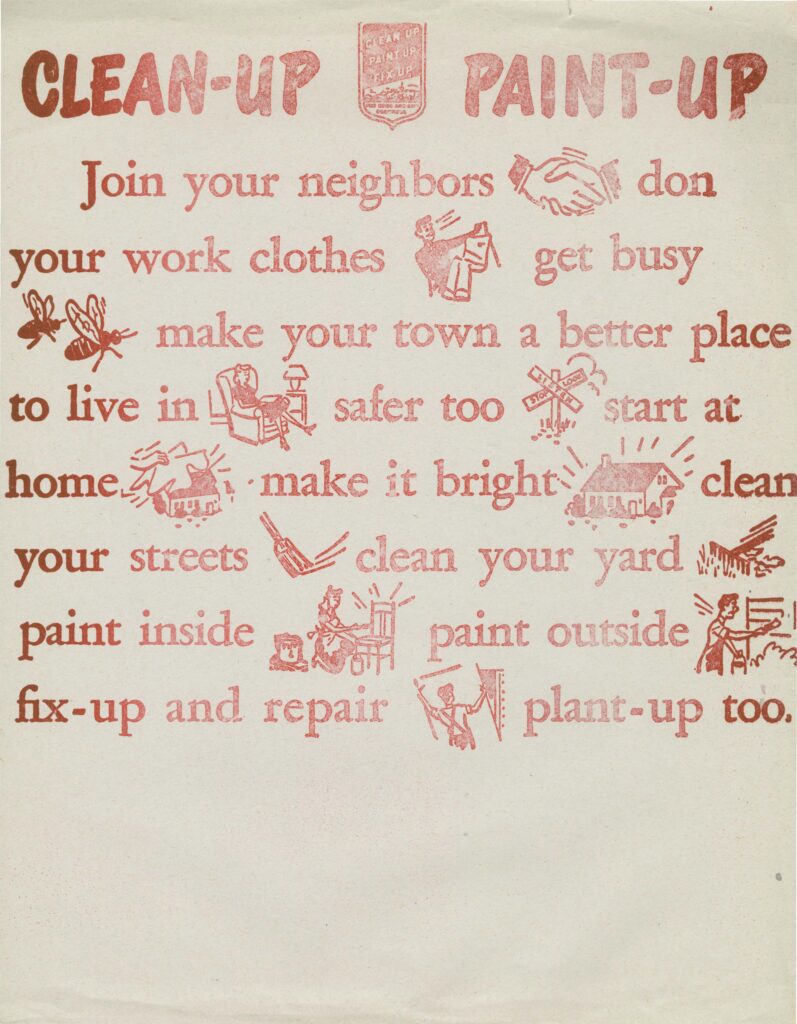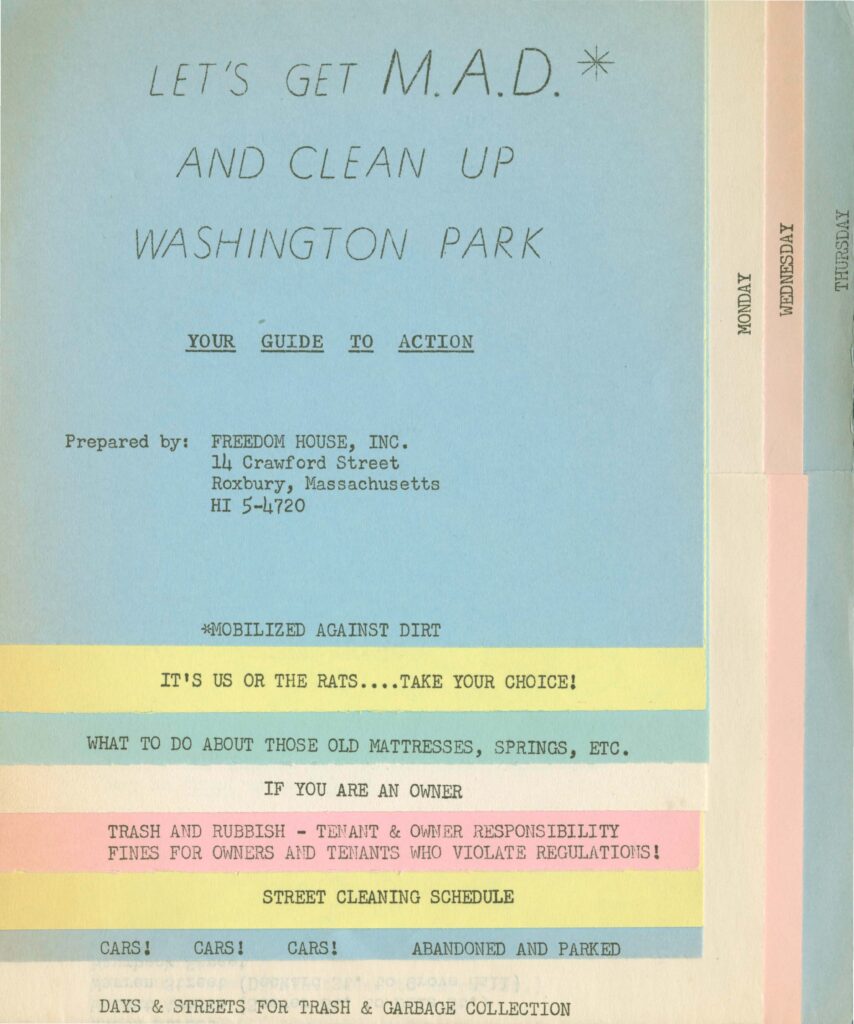One Run: Resilience in the Wake of the 2013 Boston Marathon Bombing
At 2:49 p.m. on April 15, 2013, two homemade bombs were detonated near the finish line of the Boston Marathon, just over four hours after the start of the race. The aftermath of this disaster, on what should have been a joyful occasion, was devastating. Three spectators were killed, and 281 other people were injured. Many people in Boston and surrounding communities were affected and sought to find ways of healing from this trauma.
Among those seeking to make sense of this event were Northeastern English professors Dr. Ryan Cordell and Dr. Elizabeth Maddock Dillon. They noted the strong reactions in their students, including those not directly impacted by the bombing, and decided to collect public stories of the larger Boston community. They hired a team of graduate students to gather and organize contributions, with the goal of creating an online community archive reflecting on this event. Two graduate students from this original team, Dr. Jim McGrath and Dr. Alicia Peaker, later became co-directors of this project. Along the way, collaborations were established with the NPR radio station, WBUR, the Boston Globe, and the Boston Public Library. The goal of this collection, later entitled Our Marathon: The Boston Bombing Digital Archive, was to construct a public memory to foster a better sense of community in the wake of this tragedy.
The Our Marathon collection includes nearly 8,000 items, with materials ranging from letters to collages to oral histories and other first-person accounts collected by those who founded the project. This archive bears some resemblance to other projects that used crowdsourced materials in response to a public trauma, such as the September 11 Digital Archive (created in 2001) and the Hurricane Digital Memory Bank (created in 2005 following hurricanes Katrina and Rita). All three of these projects also focus on the places where traumatic events have occurred. There is a strong emphasis in this collection on showing the implications of this attack for the local community, although materials also include letters sent to people in Boston from students around the world.
In this past year I have become familiar with these materials while adding to and editing some of the metadata for these items in the DRS to clarify the copyright status, associated names and subjects of these materials, as well as the languages used in certain items, for researchers. In surveying this collection, I was particularly intrigued by how the marathon community dealt with this trauma. This attack created a lot of fear and uncertainty around future marathons. In fact, the London Marathon was run six days later, and security was greatly increased there because of what had happened in Boston. But many marathoners in Boston and across the country defiantly raced again, and two of these races – both called “One Run” – are documented in the Our Marathon collection.
The first of these races, the “One Run” Boston Marathon event, took place on May 25, 2013. The bombings kept about 5,700 runners from finishing the original race on April 15, and so “One Run” was seen as a way for these runners to complete the final mile of the race. The Facebook post about the event also said “all are welcome to run – nobody will be turned away. This is a free event open to everyone. No registration is required.” This event was thus meant to be inclusive and healing, but it also allowed marathoners to re-experience the outcome of their race.
A video of the opening ceremony for “One Run” is available through the Our Marathon collection. During this ceremony, the national anthem is sung by the children’s choir of the St. Ann Parish, the church to which Martin Richard—an 8-year-old boy who was killed by the bombing—belonged.
Numerous photographs, contributed to this archive by MarathonFoto, also display the joy of the participants and their families as they cross the finish line.
The second race highlighted in the Our Marathon collection occurred a month later. “One Run for Boston” was a non-stop running relay of 3,328 miles, starting in Los Angeles on June 7, 2013, and ending in Boston on June 30, 2013. This race, organized by Danny Bent, Kate Treleaven and Jamie Hay, was a fundraiser, collecting $550,000 for the victims of the bombing through Boston’s One Fund.
The “One Run for Boston” race had an emotional finish. John Odom was badly injured while watching his daughter run on April 15. On June 30, his daughter, Nichole Reis, handed the baton to him in his wheelchair and pushed him over the finish line.
Both of the “One Run” races served first and foremost as an acknowledgement of the suffering caused by the marathon bombing. They also served as a unifying force, made clear by the obvious camaraderie displayed in the photos here. But finally, these races allowed marathoners a kind of therapeutic experience – they took hold of a situation in which they were vulnerable and transformed it into an active reclamation.
